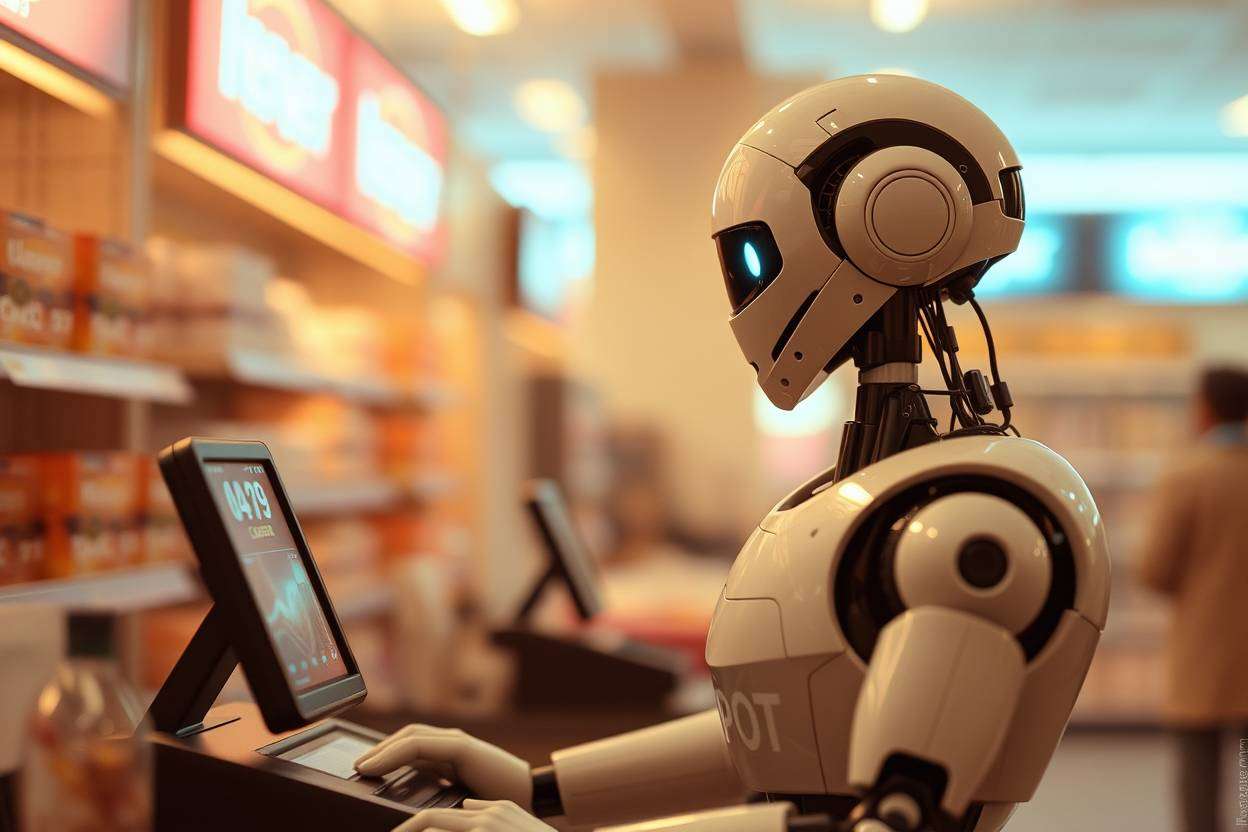How AI is Reshaping Traditional Brick-and-Mortar Businesses
AI for traditional business has a massive disruption potential from smart optimizations to improved customer satisfaction and risk reduction.
Read More
 Blog
Blog
 AI Automation
AI Automation
 Blog
Blog
 Blog
Blog
 Business
Business
 Blog
Blog
 Blog
Blog
 Blog
Blog
 Blog
Blog
 AI Agents
AI Agents
 Business
Business
 Blog
Blog
TechPilot.ai TechPilot.ai provides independent reviews, comparisons, and insights to help users make informed decisions about AI tools.
Our content is written and fact-checked by experts, and we may earn a small commission if you choose to purchase through affiliate links—at no extra cost to you. This supports our mission to keep the platform free, unbiased, and up to date.